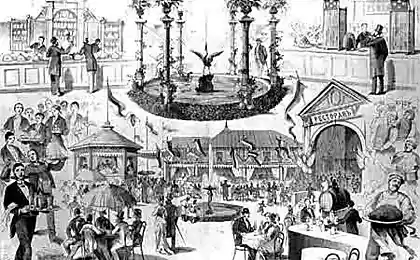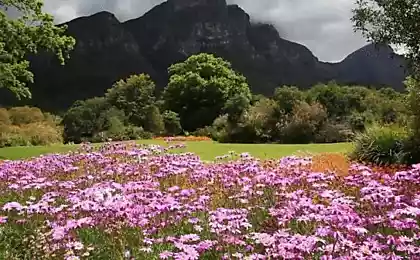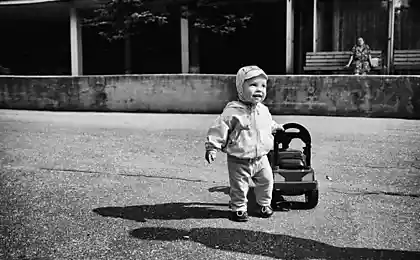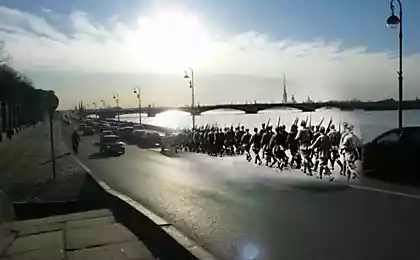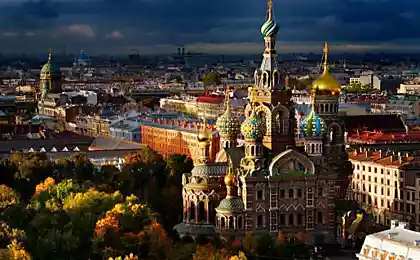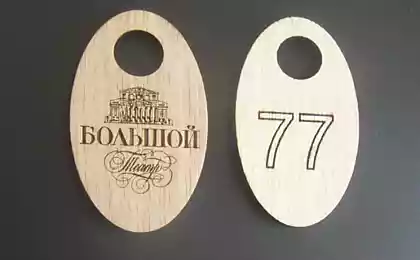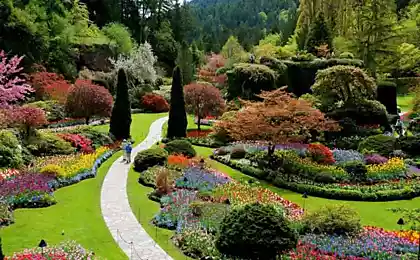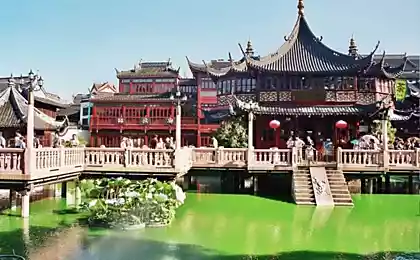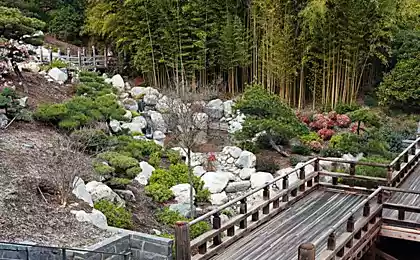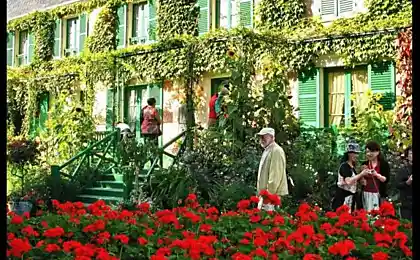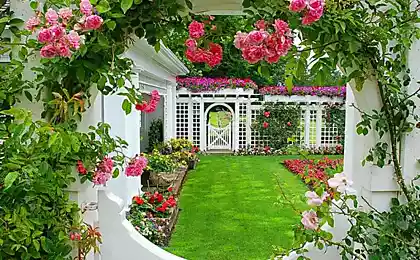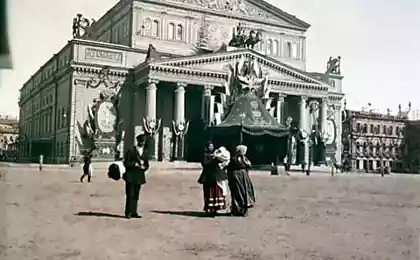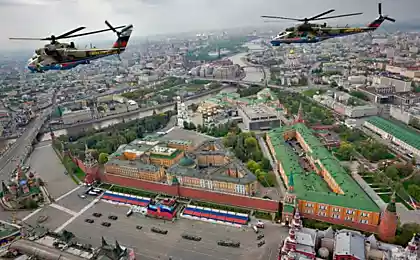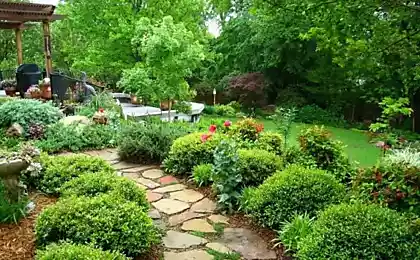991
Summer Garden in St. Petersburg
Summer Garden in St. Petersburg
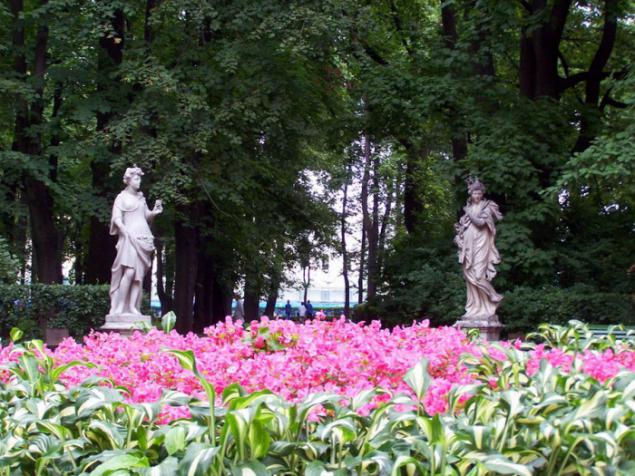
Summer garden - park complex, a monument of landscape art of the first third of the XVIII century in the center of St. Petersburg. The garden was laid out at the behest of Peter I in 1704

Creating an architectural park complex, which would stand out a clear plan, luxurious avenues and neatly trimmed shrubs and trees - all included in the plans of the Russian Emperor Peter the Great. The project of the park, which was originally painted by myself autocrat embody the master Ivan Ugryumov.
Construction work, which was attended by many well-known architects and gardeners, were started in 1704, when it was brought a lot of ground, strengthened soil, planted various plants.
Summer Garden, so named this wonderful park complex, which is a striking landmark of St. Petersburg, is surrounded by the waters of the River Neva and Fontanka. Deep inside the park complex are three straight avenues, which are arranged parallel to each other, and in a few places where they cross paths.
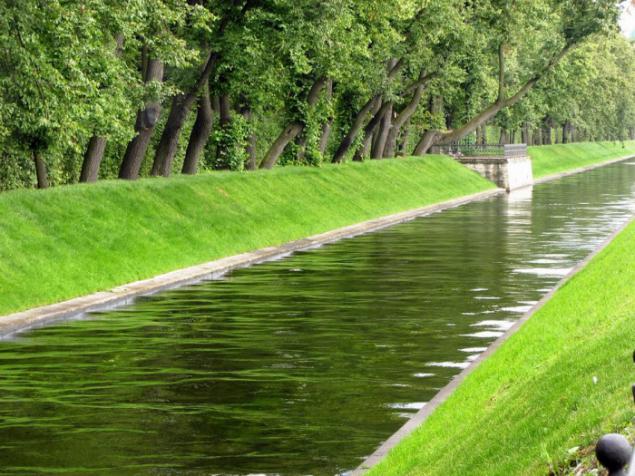
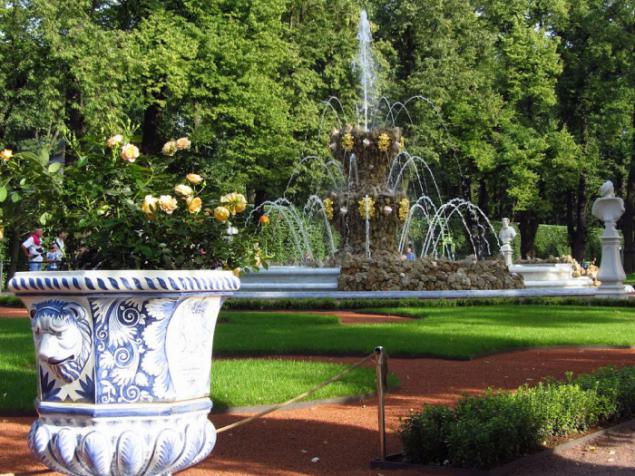
In the Summer Garden at the four sites are located in Russia, the first fountains, for their operation has been specially dug canal, the water being supplied in the steam engine, pump it out of the pool, later called the Fontanka. On the banks of the Fontanka built grotto, which resembled a fairy cave rectangular shape. The walls were decorated grotto sculptures, crushed glass and colored stones.
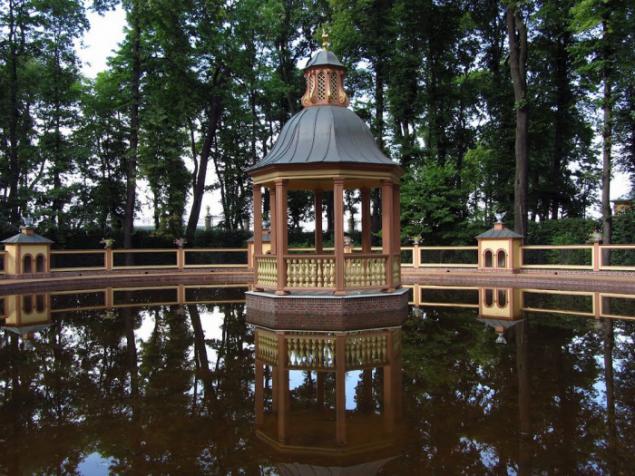
The northern part of the park where the palace of Peter the Great, built by architect D. Trezzini, called the first Fly garden. In the southern part of the park complex is the second summer garden, and modern Mikhailovsky Garden territory is called the Third Summer Garden. Gallery Central Park is considered the most elegant, it is decorated with marble columns, and the track was built of white and black marble slabs. It also established the ancient statue of Venus, which is now kept in the Hermitage.
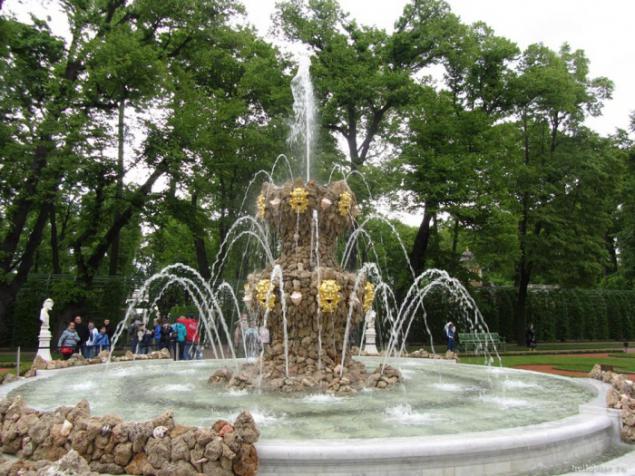
Now, the grotto, which was partially destroyed during the floods in 1777, is a coffee house, designed by architect KI Rossi. The Second Summer Garden is the Labyrinth, which is decorated with gilded track sculptural groups. Weatherproof, they began to break down, so the park complex are now copies, the originals are stored in the restored Cathedral of St. Michael.
©

Summer garden - park complex, a monument of landscape art of the first third of the XVIII century in the center of St. Petersburg. The garden was laid out at the behest of Peter I in 1704

Creating an architectural park complex, which would stand out a clear plan, luxurious avenues and neatly trimmed shrubs and trees - all included in the plans of the Russian Emperor Peter the Great. The project of the park, which was originally painted by myself autocrat embody the master Ivan Ugryumov.
Construction work, which was attended by many well-known architects and gardeners, were started in 1704, when it was brought a lot of ground, strengthened soil, planted various plants.
Summer Garden, so named this wonderful park complex, which is a striking landmark of St. Petersburg, is surrounded by the waters of the River Neva and Fontanka. Deep inside the park complex are three straight avenues, which are arranged parallel to each other, and in a few places where they cross paths.


In the Summer Garden at the four sites are located in Russia, the first fountains, for their operation has been specially dug canal, the water being supplied in the steam engine, pump it out of the pool, later called the Fontanka. On the banks of the Fontanka built grotto, which resembled a fairy cave rectangular shape. The walls were decorated grotto sculptures, crushed glass and colored stones.

The northern part of the park where the palace of Peter the Great, built by architect D. Trezzini, called the first Fly garden. In the southern part of the park complex is the second summer garden, and modern Mikhailovsky Garden territory is called the Third Summer Garden. Gallery Central Park is considered the most elegant, it is decorated with marble columns, and the track was built of white and black marble slabs. It also established the ancient statue of Venus, which is now kept in the Hermitage.

Now, the grotto, which was partially destroyed during the floods in 1777, is a coffee house, designed by architect KI Rossi. The Second Summer Garden is the Labyrinth, which is decorated with gilded track sculptural groups. Weatherproof, they began to break down, so the park complex are now copies, the originals are stored in the restored Cathedral of St. Michael.
©
